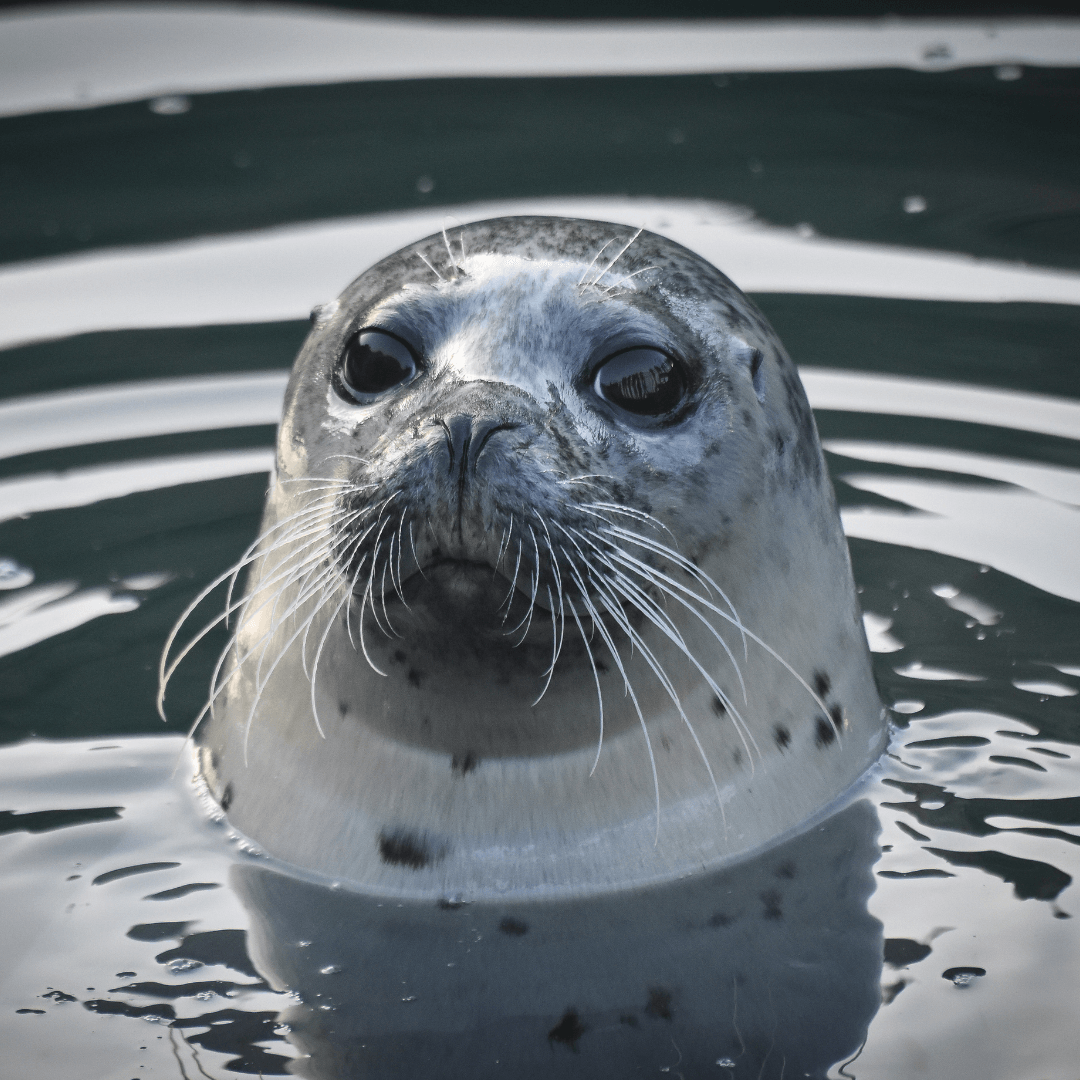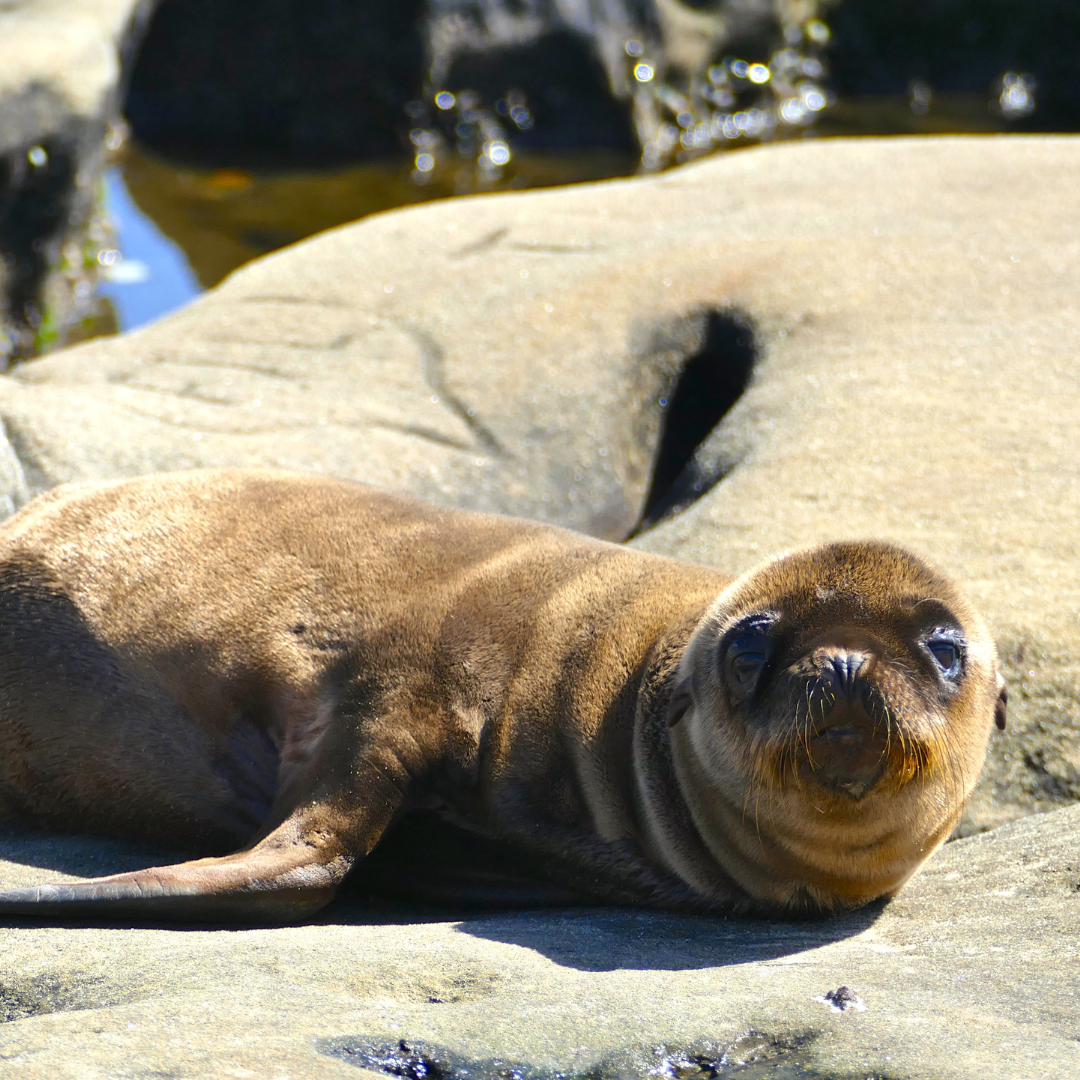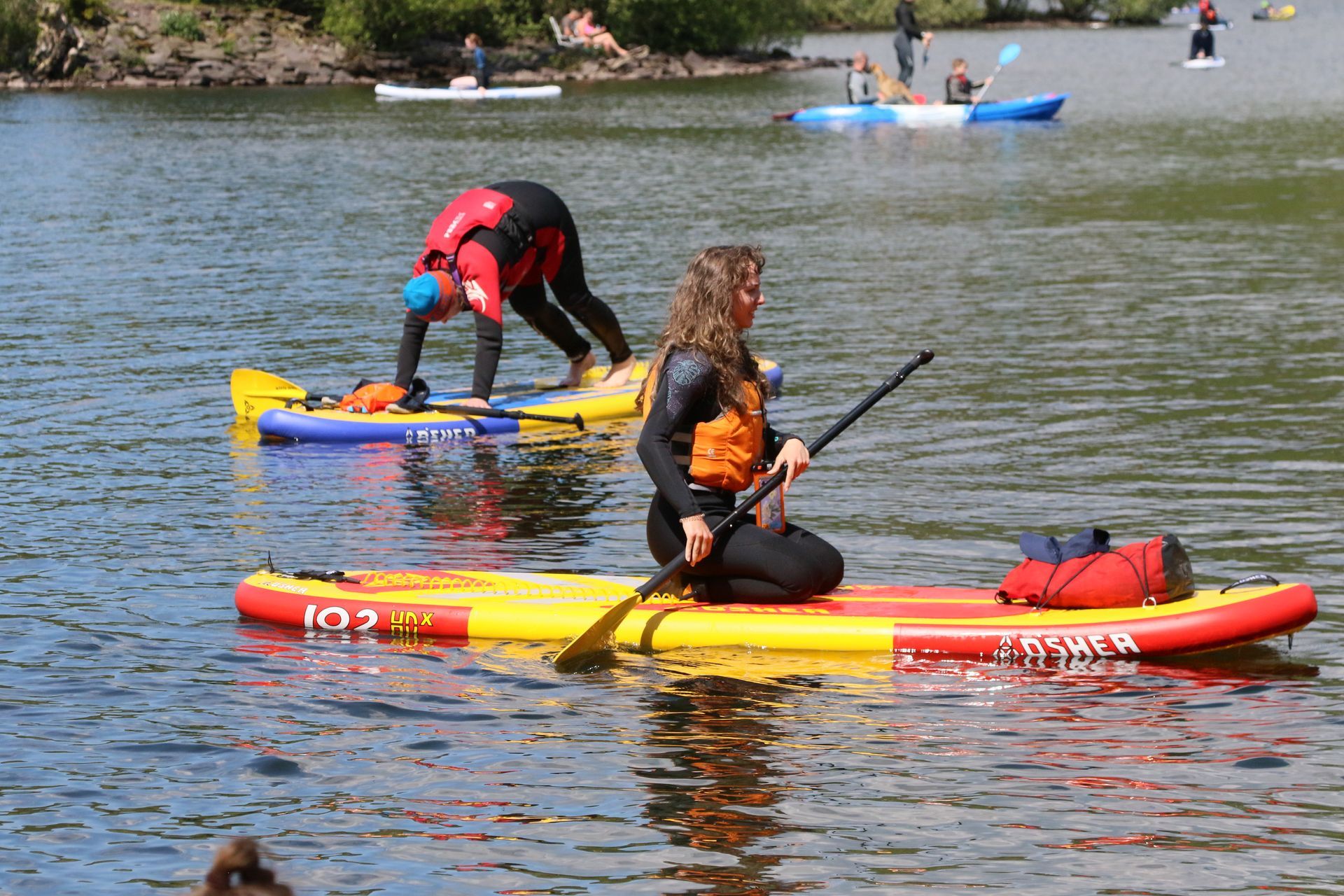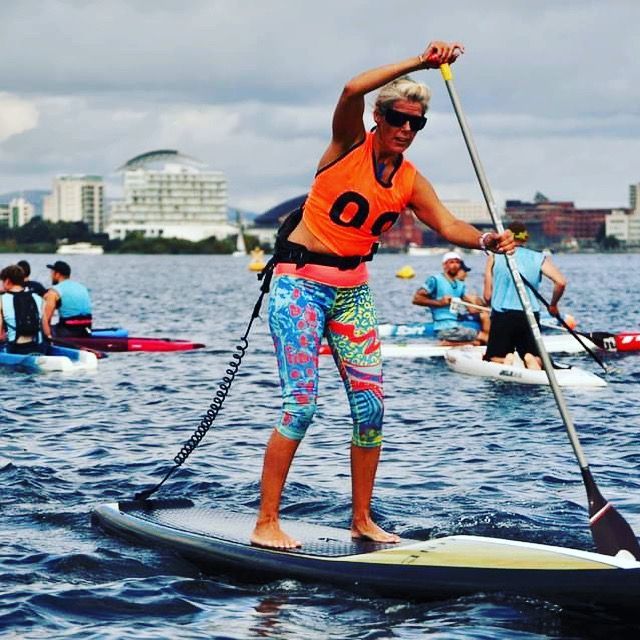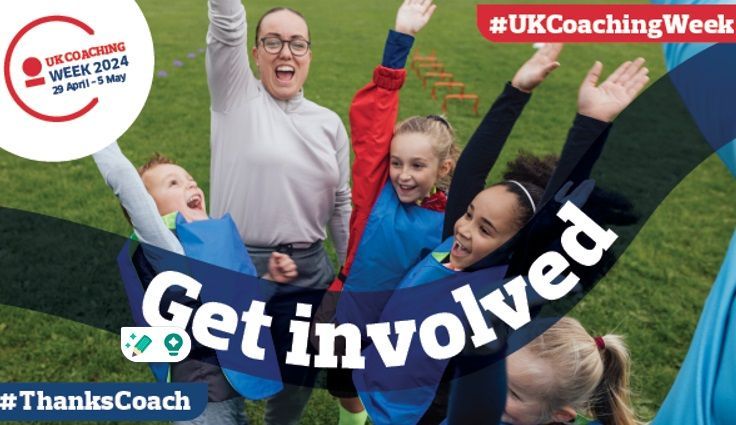Wales is visited throughout the year by the globally rare North Atlantic Grey Seal and Common Seal species. Unfortunately, human disturbance is having a significant toll on these large yet very sensitive mammals and we as paddlers can be at the very fore front of protecting them.
Canoe Wales is helping the Seal Research Trust get the message out as to how sensitive seals are to disturbance. We want to help paddlers enjoy seal watching but in a safe way for the animals. There are a few simple tips that we can do to show that we care for our precious wildlife. These tips are aimed so that you, and they, experience the best possible time together.
All seals need space between you and them irrespective of whether they are on land or in the sea.
With that foremost in your mind please:
A Seal's Reactions
Always observe a seal’s reactions to your presence. For instance, if a seal repeatedly looks at you (whether on land or in water) this shows they’re aware of your presence and could become stressed. So slowly back away avoiding eye contact to a spot where you can remain still. We recommend being a minimum distance of at least 100m away from seals, especially if they have young pups.



